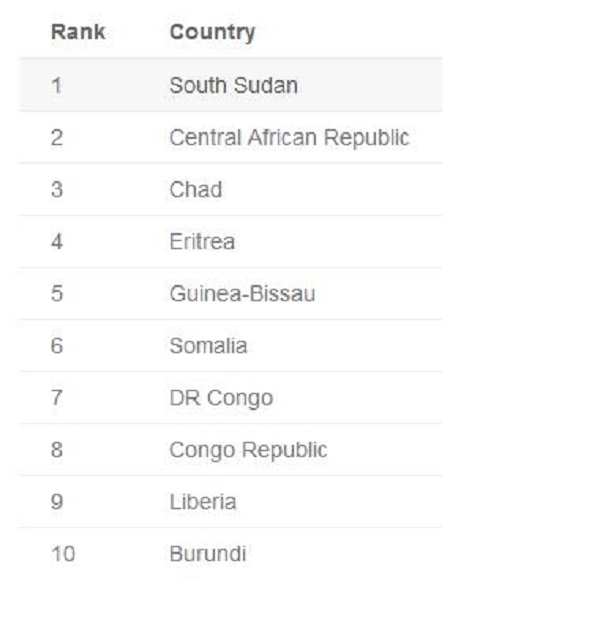 Africa faces a significant infrastructure challenge that has long impeded its economic growth
Africa faces a significant infrastructure challenge that has long impeded its economic growth
Africa faces a significant infrastructure challenge that has long impeded its economic and social development. Insufficient infrastructure affects every sector, limiting trade, investment, and access to essential services.
Financial constraints play a substantial role, limited budgets and huge debt loads often mean these countries can’t pour the necessary resources into fixing roads, power grids, and other essentials.
The African Development Bank (AfDB) says Africa needs between $130 and $170 billion a year to keep up with infrastructure demands. But there’s a big gap here, as much as $100 billion short annually.
This infrastructure deficit continues to hinder growth in many African countries, where rapidly growing populations outpace the development of urban facilities, leaving cities strained and resources stretched thin.
To tackle the issue, African governments, private investors, and international financial institutions are teaming up, looking for ways to bridge that funding gap. In a previous article by Business Insider Africa, it was noted that Morocco leads the pack in infrastructure improvements, with Egypt close behind, and Mauritius taking third place.
At the other end of the spectrum, though, South Sudan ranks lowest in infrastructure development across the continent, followed by the Central African Republic and Chad, according to the 2024 Ibrahim Index of African Governance (IIAG).
Below are the top 10 African countries with the least improved infrastructure:
